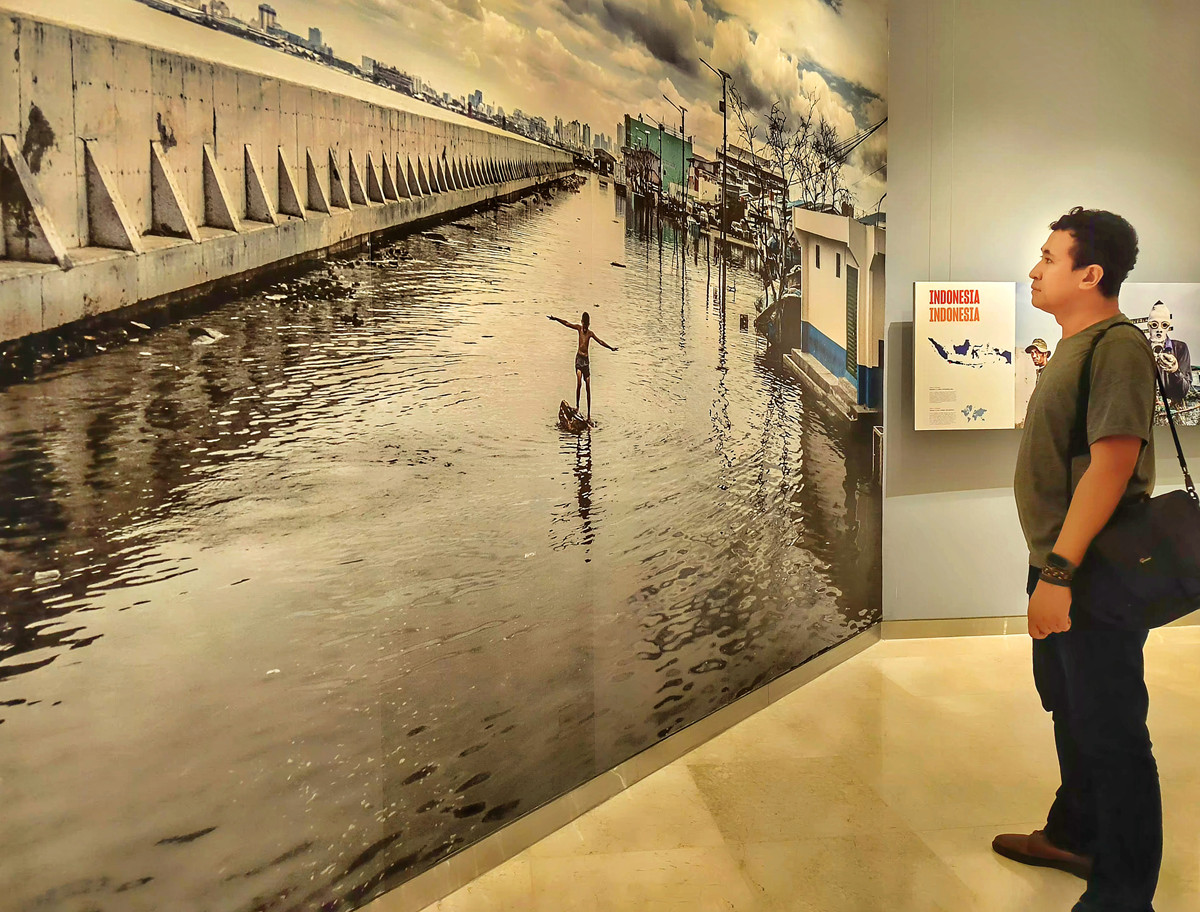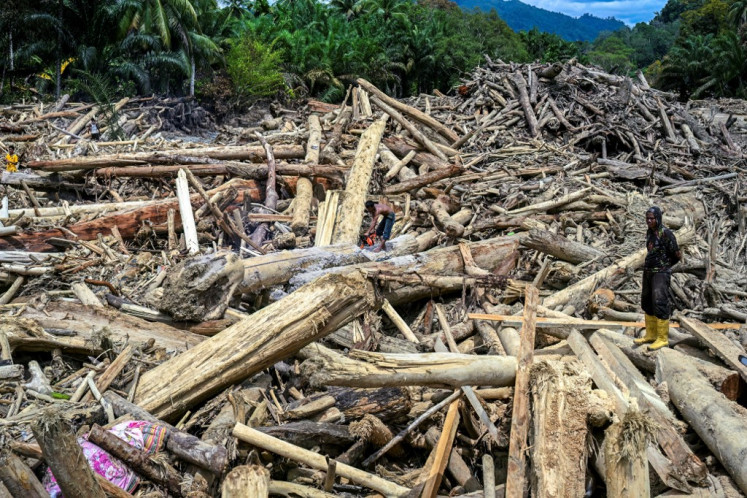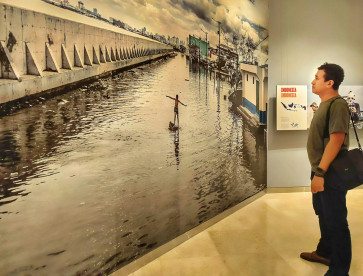Popular Reads
Top Results
Can't find what you're looking for?
View all search resultsPopular Reads
Top Results
Can't find what you're looking for?
View all search resultsHow can urban planning and design avert Jakarta flooding
Expected to cost US$40 billion over 30 years, the imagined giant sea wall would divert funds from the housing crisis for existing residents and the thousands moving to Jakarta each year.
Change text size
Gift Premium Articles
to Anyone
U
rban planners can resort to two responses to climate change: mitigation or adaptation. Mitigation includes action that reduces carbon emissions and increases sinks – and other policies that directly curtail climate change and sea level rise along coastal cities.
Adaptation involves the local, human responses that lessen the effects of climate change. These include flood prevention and warning, responsive land management, vertical drainage, rainwater catchment, large sea walls, reservoirs within the waterways and recycling wastewater.
To Robert Nicholls of the University of Southampton, these policies are complementary: “[In] essence, the commitment to sea level rise leads to a commitment to adapt to sea level rise with fundamental implications for long-term human use of the coastal zone.”
The geography of Jakarta, on a river-laden delta by the Java Sea, does not help. The sea level along coastal cities is affected by various processes, including natural and human-caused subsidence. Jakarta belongs in the same group of cities located on a delta as Manila and Bangkok, which suffer from natural subsidence – in its case four meters so far and as much as six centimeters per year in the north.
This is worsened by increased human activity and drainage of underground water brought about by unchecked, and unpredictable, urbanization. Nicholls lamented that there was a lack of response from the Jakarta government, which – if true – combined with its seismic activities, will make rising sea level a bigger problem in the future.
The myriad problems facing Jakarta were among the reasons behind the government’s decision to relocate the capital city from Jakarta to Nusantara in East Kalimantan.
Nicholls observed five effects of a rising sea level on a city like Jakarta: flooding, change and loss of wetland, erosion, saltwater intrusion and obstruction of water drainage systems. He noted, however, that quantitatively linking these factors to actual changes in the geography of a city is difficult, since multiple forces have often acted together for most of the 20th century.



















